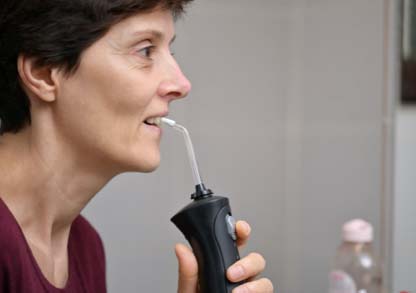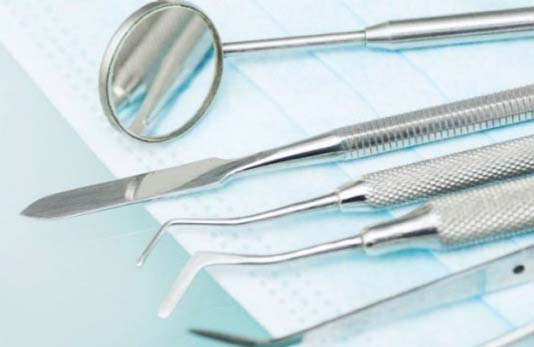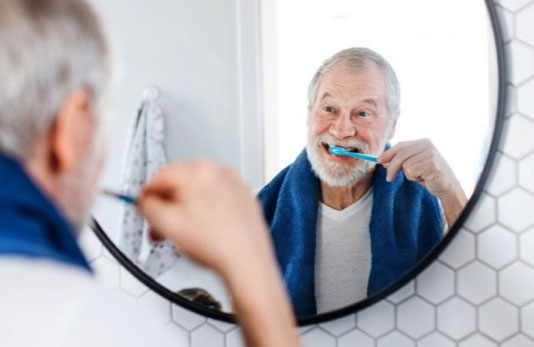Brushing and flossing are your best bets to fight plaque

Many advancements have been made in the world of dentistry in the last few decades, but brushing and flossing have remained the most effective methods to stay in top oral health.
Plaque is responsible for both tooth decay and gum (periodontal) disease. Gingivitis is a mild and reversible form of gum disease. Untreated, however, gingivitis may lead to a more serious, destructive form of periodontal disease. This is called periodontitis, which is the inflammation of tissue supporting the teeth.
Though some look to mouth rinses as a replacement for flossing, their effectiveness in preventing tooth decay, gingivitis and periodontal disease is limited. There’s no substitution for a proper dental health regime.
Here’s what you can do to keep your oral health in top shape:
- Brush your teeth twice a day for at least two minutes with fluoride toothpaste.
- Use floss or an interdental cleaner daily.
- Eat a balanced diet and limit sugary or carbohydrate-loaded snacks.
- Look for the American Dental Association (ADA) Seal of Acceptance on oral hygiene products, such as toothpaste, toothbrushes, floss and mouth rinses. The ADA Seal on a product is your assurance that it has met ADA criteria for safety and effectiveness.
- Use a toothbrush with soft bristles. Toothbrushes with medium or hard bristles can wear away enamel and gum tissue over time.
- Replace your toothbrush every three to four months, or sooner if the bristles become frayed. If you’re a parent, pay attention to your child’s toothbrush, which may wear out faster.
- Visit your dentist regularly for professional cleanings and oral exams.

Last updated November 12, 2021
Related articles:
The oral health information on this website is intended for educational purposes only. Always consult a licensed dentist or other qualified health care professional for any questions concerning your oral health.


